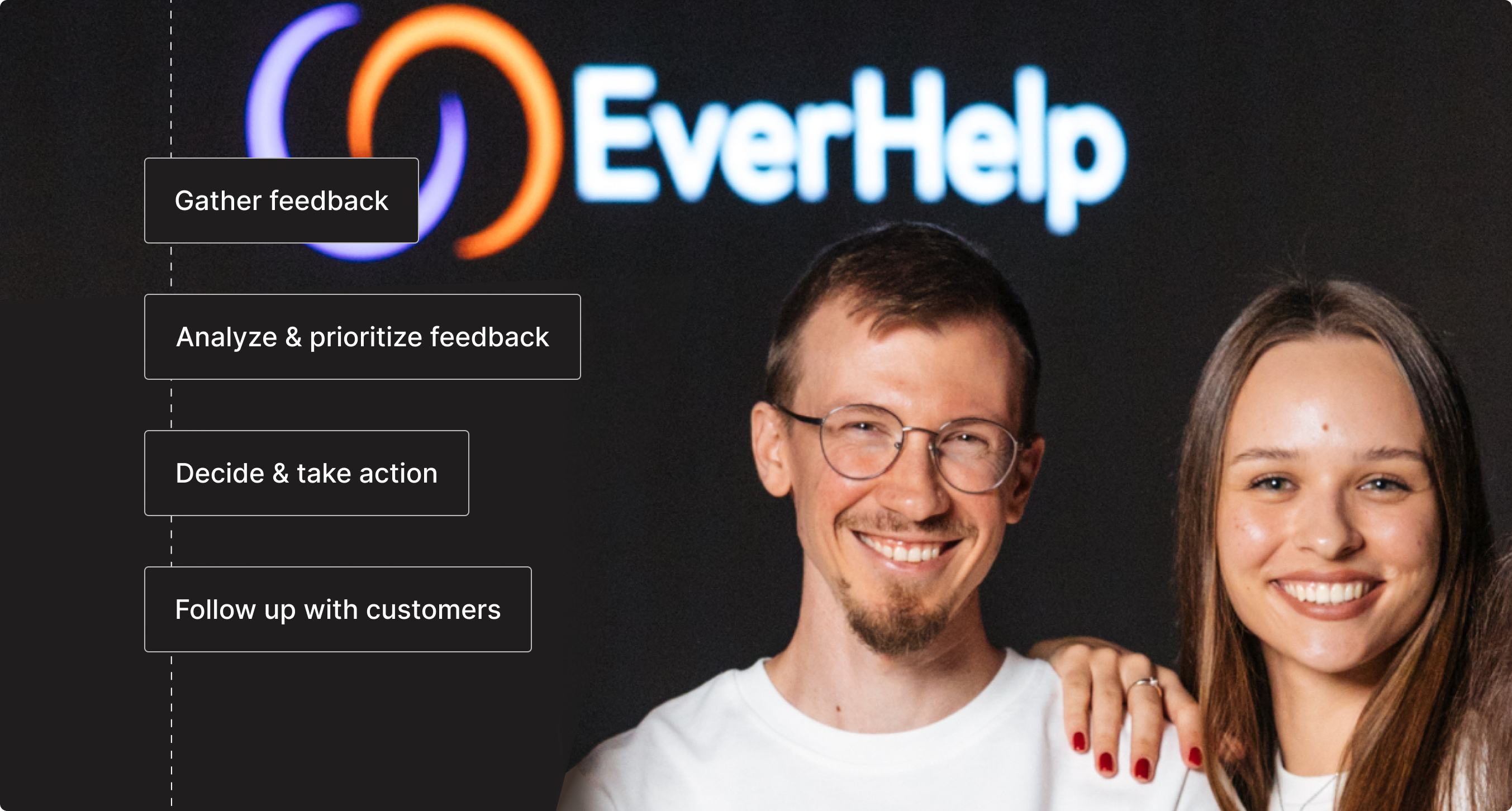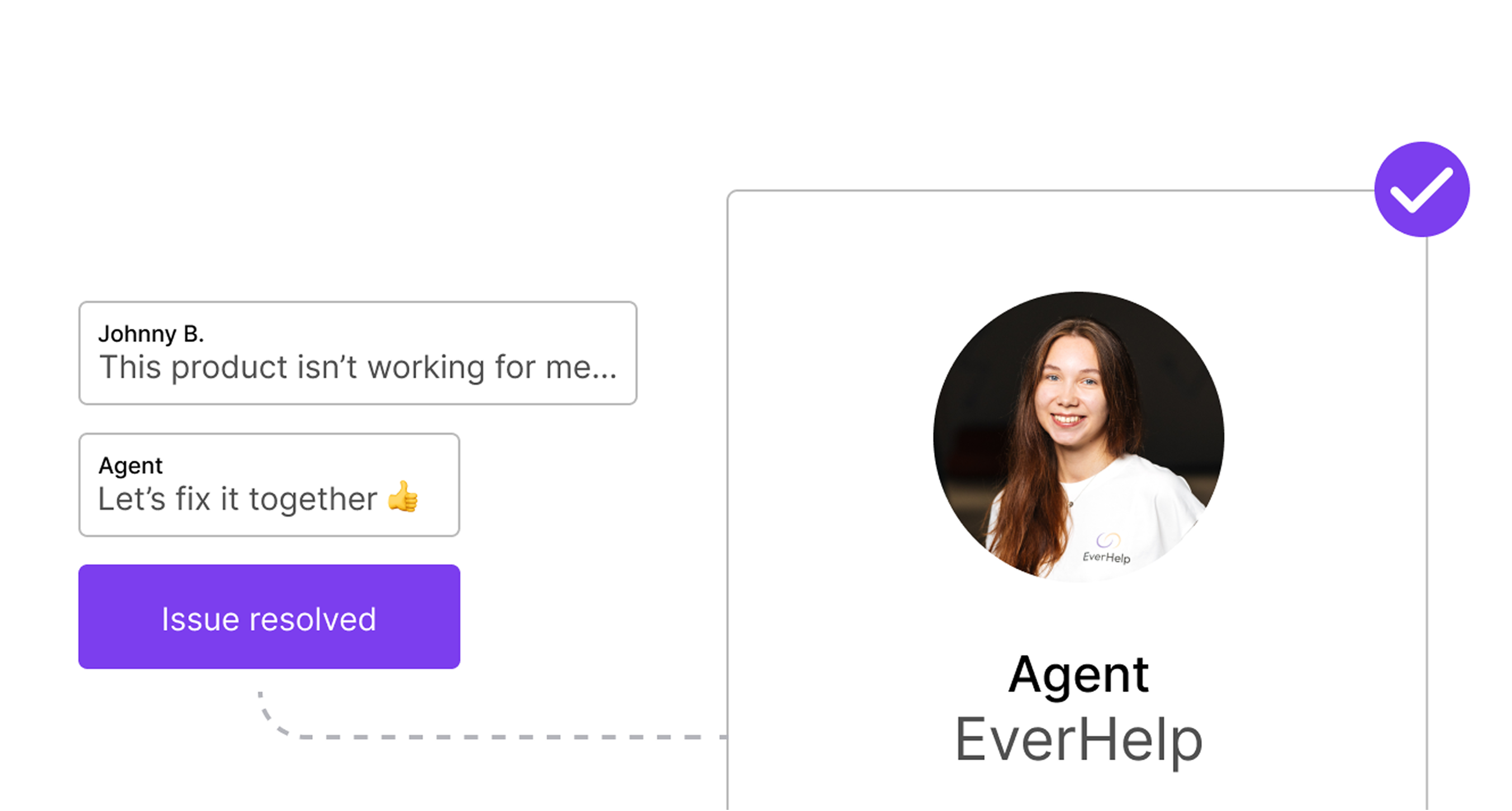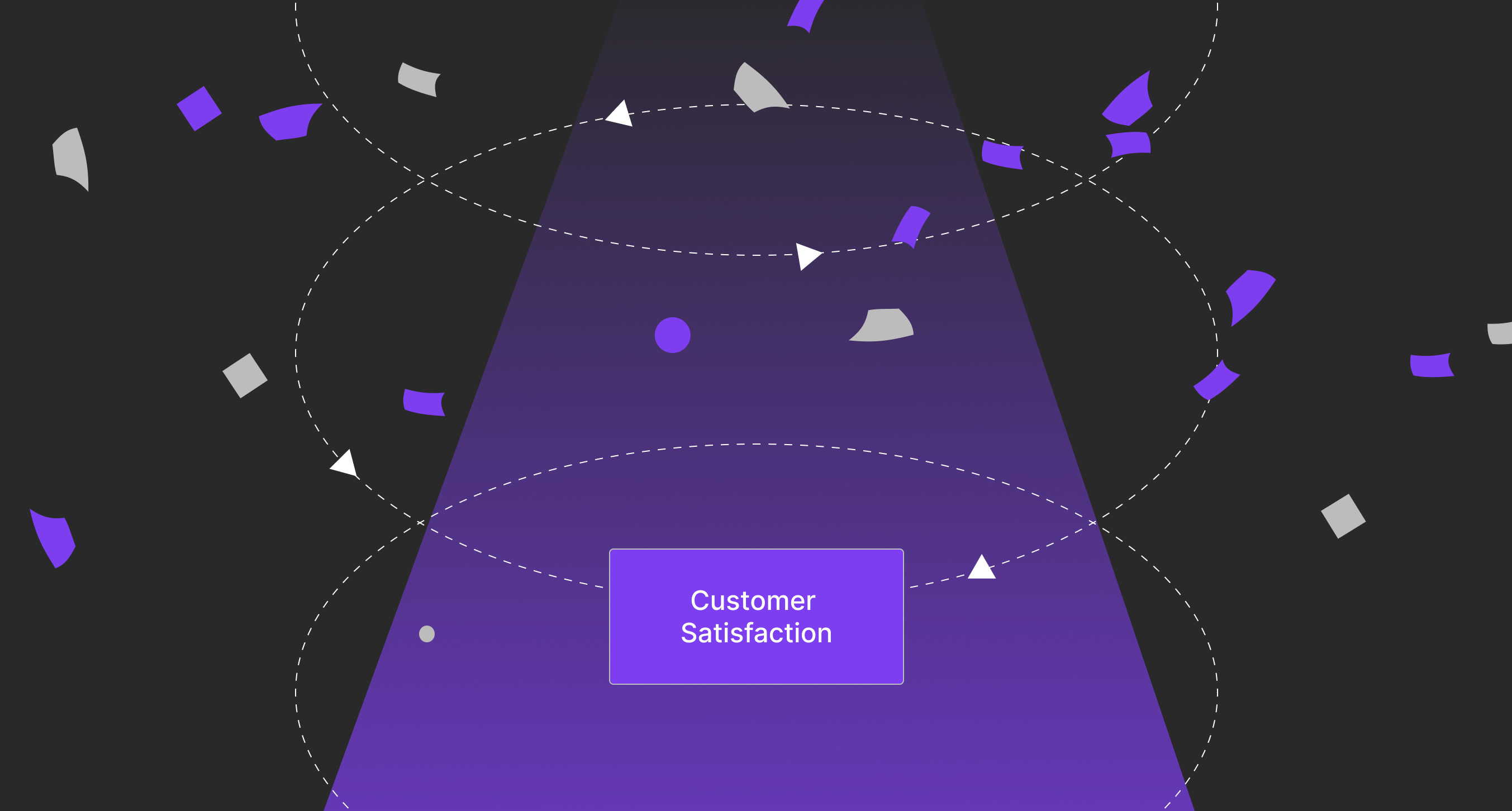Guide to Improving First Contact Resolution (FCR) Rate Smartly

Let’s be real—problems and misunderstanding with customers is an inevitable part of any business. However, they are not a dead end (if managed properly). And you have only one try to make it right.
Did you know? 48% of customers believe the first interaction with a business is crucial to earning their loyalty. And it's no surprise that a staggering 73% fall in love with a brand mainly due to its exceptional customer service.
So, you can quickly turn problem-solving situations into loyalty-building opportunities by focusing on one of the most paramount metrics—the first contact resolution (FCR). This metric shows how efficiently you can solve a customer's issue during their very first interaction, eliminating the need for tedious follow-ups or even conflict escalations.
Achieving a high FCR rate results in happier customers, reduced costs, and enhanced productivity. Just think about this—for every 1% improvement in FCR, there is always a 1% improvement in overall customer satisfaction. But how can you tackle the challenges, measure success, and pick the right strategies for improving your FCR rate?
Get ready to discover the tricky nuances of managing the art of first-contact resolution!
What Is FCR Rate
First Contact Resolution (FCR) is a metric that assesses a support team’s ability to resolve customer interactions during the first touchpoints with clients (e.g., email, chat, online, retail), reducing the need for follow-ups or conflict escalations. As a consequence, FCR is one of the most closely followed support team indicators, if not the most essential.
From a customer journey standpoint, the FCR definition ideally indicates that no more calls or contacts are necessary for follow-up from the first call or contact cause and that the customer has resolved the issue.
How To Measure FCR
The proportion of consumers that resolved their touchpoint engagement on the first interaction with a brand is referred to as the First Contact Resolution rate. As a result, the FCR rate should be measured at each first touchpoint.
Here’s the formula to measure your business’ FCR:

# issues resolved on first contact—is the total number of issues your customer support representatives managed to solve successfully during the first interactions with customers.
# of total issues—is the total number of issues your customer support representatives managed, both successfully and unsuccessfully (only first interactions with customers are included!).
Let’s say that over a month, your customer service team has managed 140 issues from your customers for the first time. Out of that, 110 of these issues were resolved successfully at first contact.
Therefore, you have this formula: (110/140) X 100 = 78.5% FCR Rate
🤔 What is the FCR benchmark?
Many businesses believe FC should be not lower than 65-75%. However, thebenchmark will vary greatly from business to firm. Therefore, whether you'reabove or below 65-75%, it doesn't show you have an excellent or terrible rate. For instance, technical product businesses may have a tougher difficulty addressing concerns on initial contact than ecommerce companies. It should be always taken into account!
Common Myths About FCR Rate
Before you get too excited about improving your FCR, there are essential things and common myths you should know about this tricky rate.
#1 Myth: A higher FCR Rate = a more efficient customer service
It’s not always the case. A high FCR might simply signify that you aren't doing enough to fix issues, enhance documentation, or provide self-service options for your customers. For instance, your company's self-service system may prevent simple calls since consumers may obtain answers elsewhere. This arrangement lowers First Contact Resolution. Another firm may not have this self-service system. That would increase calls from consumers with simple inquiries. The corporation would have a greater FCR than you.
#2 Myth: FCR Rate is more important than First Response Time
To put it simply—it’s all about the balance. The problem is that the First Contact Resolution Rate metric doesn’t take into account how long it takes customer support to send an initial reply to the customer. And it’s no good to spend days crafting the perfect one-touch reply if your customer is left waiting. Ideally, you should have both a high FCR and a low first response time.









.webp)












.webp)











